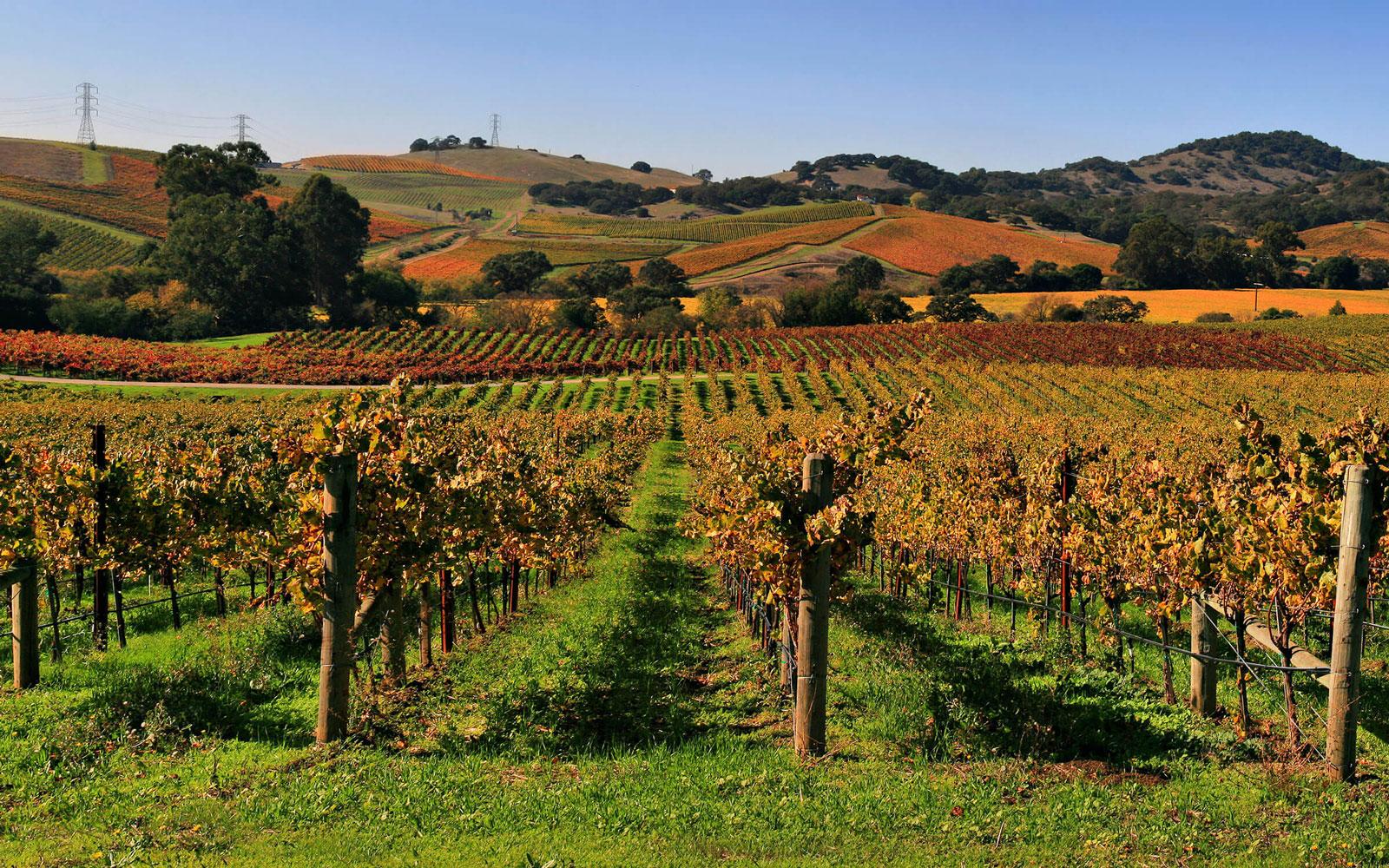To the Wappo Indians who first inhabited the valley, “Napa” meant a land of plenty. Spawning salmon filled the waterways, clouds of migrating waterfowl darkened the skies, and the valley floor served as home to wildcats, elk, black bear and grizzlies. Wild grapes also grew in abundance, but it took early settlers such as George Calvert Yount to recognize the valley’s potential for cultivating wine grapes. Establishing the first local homestead in what is now Yountville in 1836, Yount was the first to plant vineyards in the valley.
Although Yount was the first to raise grapes in the Napa Valley, it seems doubtful he had the inclination to cultivate fine wines. That distinction goes to several German immigrants who arrived in the 1870s. First was Jacob Schram (who barbered by night and planted vines by moonlight), Charles Krug, Jacob Beringer, and Gottlieb Groezinger.
An Early Boom (and A Legal Bust)

The 1870s marked tremendous growth in the Napa Valley wine industry. Local viticulture clubs began with Charles Krug, chosen president of the largest. (Generally speaking, we use “viticulture” when talking specifically about the science and practice of growing grapes, and “viniculture” to discuss the process of making wine.) It was at this time that the Beringer brothers established their winery, complete with a cellar dug into the hillside—an architectural and masonry feat. Adding to the growth of the industry was an outbreak of phylloxera in French vineyards—a fatal plant disease that attacks the roots. Napa wineries continued to expand.
Unfortunately, this led to overproduction. In the late 1880s, growers were all feeling the pinch, and Charles Krug cellar and vineyards went into receivership. More bad times loomed in the form of a general nation-wide depression in 1890. But the blow that brought the valley growers to their knees was the discovery that the dreaded, grapevine-ravaging phylloxera, for which there was no cure, had infected the vineyards of the entire area. By the turn of the century, almost every vineyard had been ruined.
Plantings of hardier varieties brought fresh hope. Viticulture looked to be getting back on track. But those bright hopes were dashed by a new cataclysm. It was called Prohibition. For the grape-growing Italians, who considered wine the elixir of life, the law was inexplicable madness. One Italian continued selling wine because he believed wine to be “a natural way of life.” He was, naturally, arrested.


